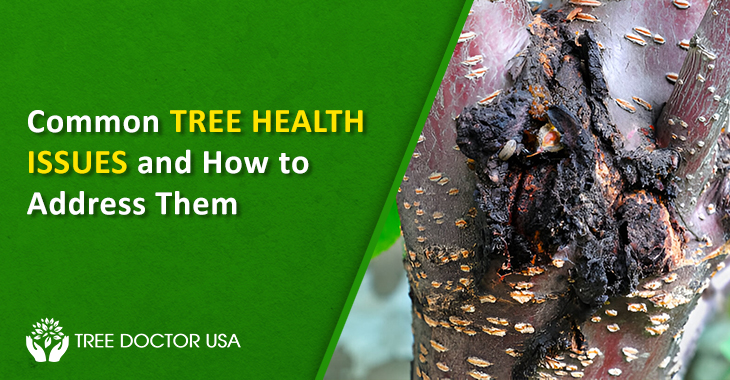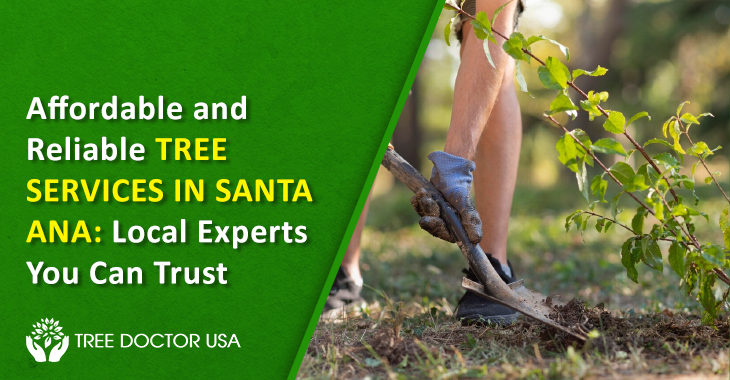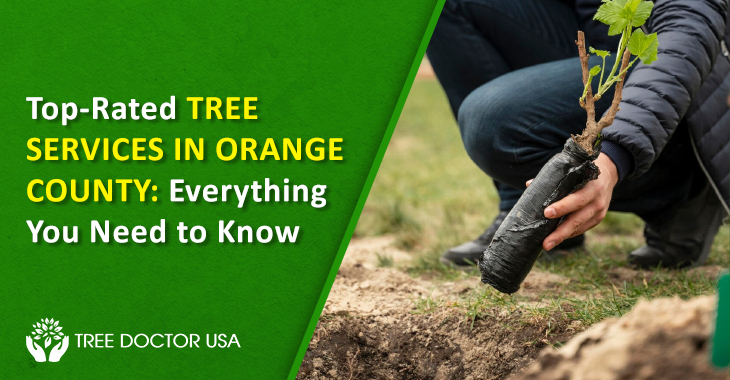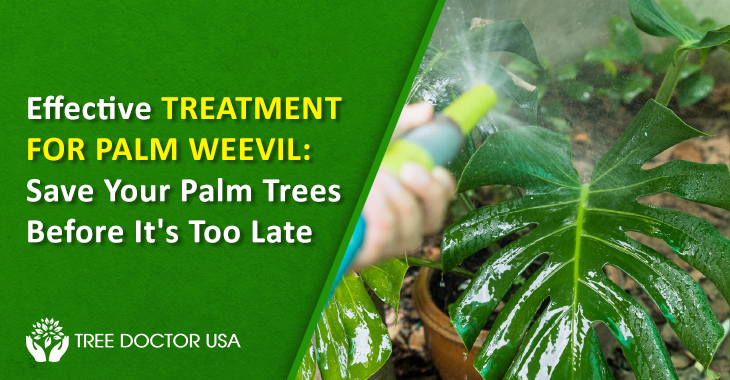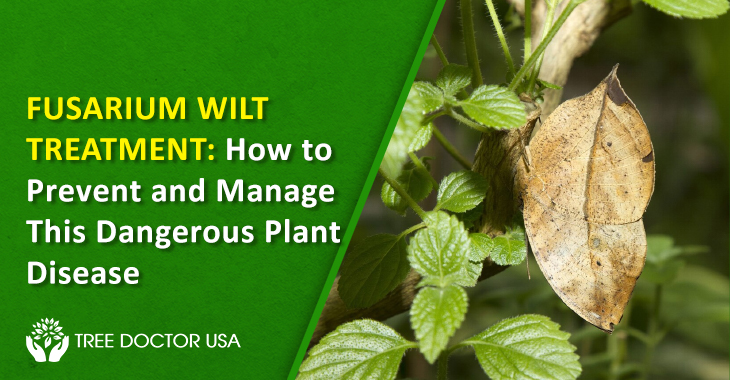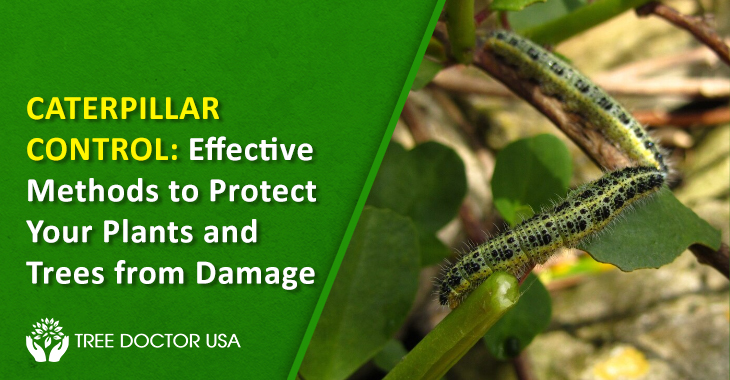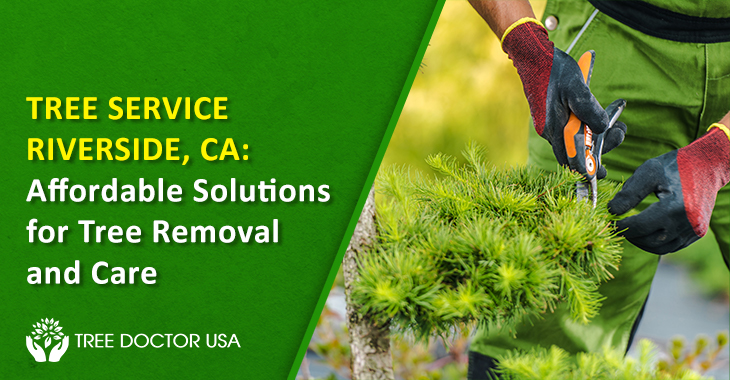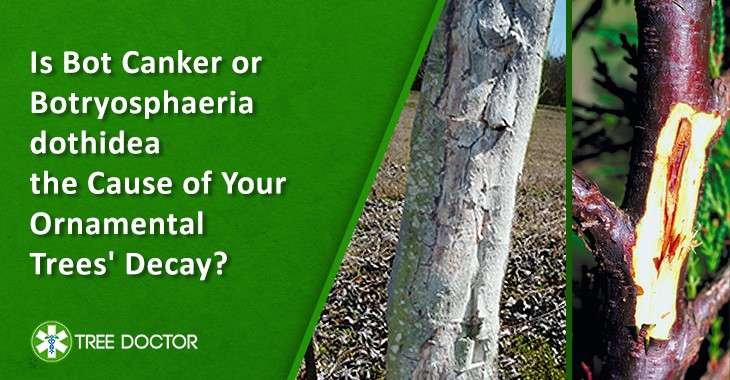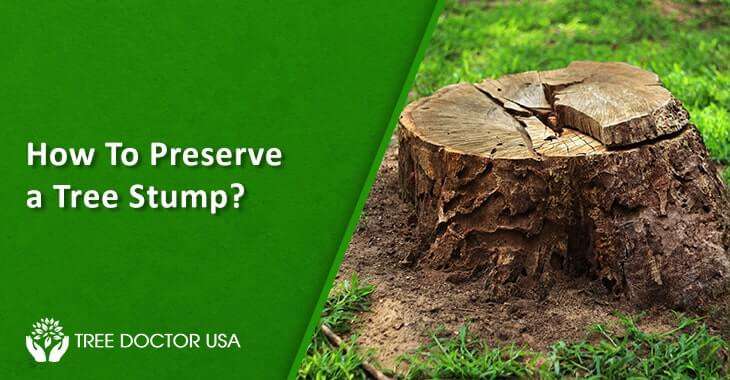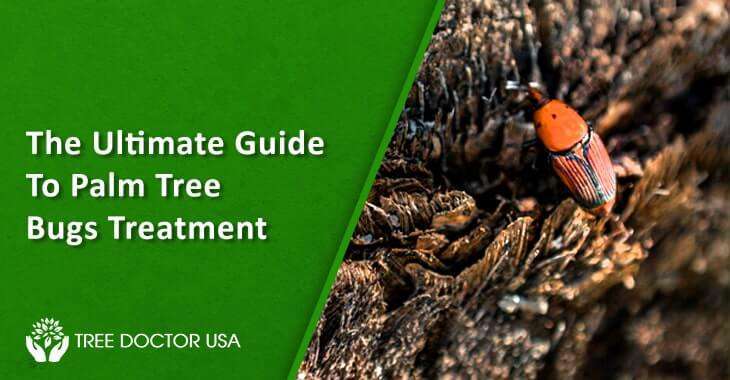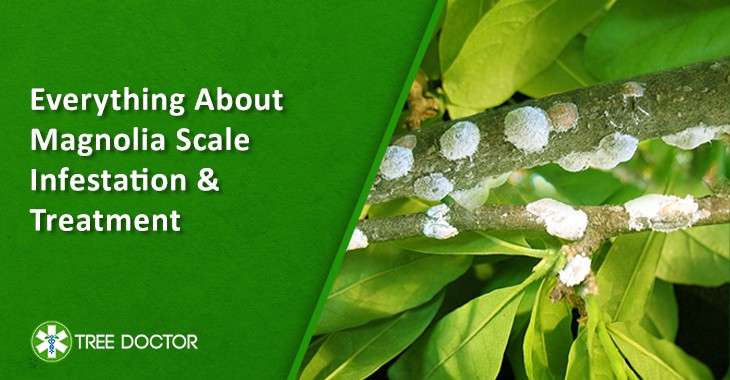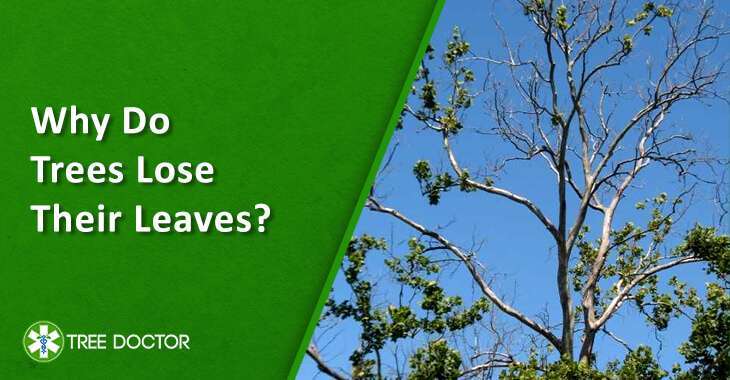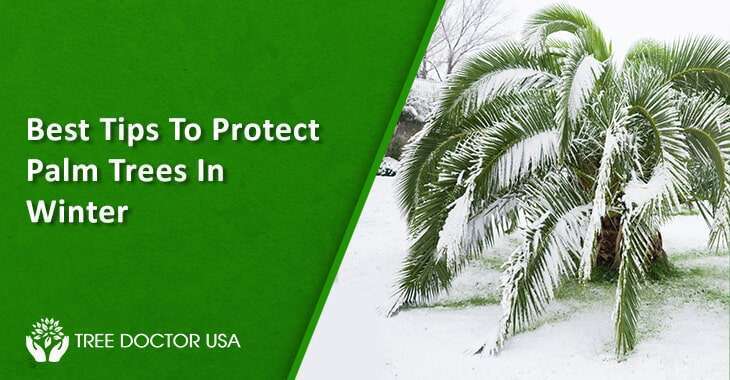Common Tree Health Issues and How to Address Them
Trees are crucial to our surroundings as they give us shade, clean air and numerous other perks. However, trees are living beings and can fall prey to health issues. These issues can stunt their growth or even lead to their demise. This guide will walk you through the most common problems trees face. It will offer you practical advice on how to deal with them through intelligent tree health service practices.
Identifying Common Tree Diseases
Fungal Diseases
Fungal diseases are among the most frequent and common issues that trouble trees. These fungi live in moist conditions and can lead to various symptoms. These symptoms weaken trees and make them look unappealing.
- Powdery Mildew: A common yet devastating fungus that turns leaf surfaces or stems from dusty white to gray. Although powdery Mildew is harmless, it can inhibit photosynthesis, which affects the entire plant’s health and growth.
- Root Rot: Root rot is a common and sinister condition for trees. It attacks the part of the tree that’s usually out of sight but is the headquarters of its growth: the roots. Symptoms of the rot include soft and brown roots. Root rot causes the tree to appear unstable or stunted. The rot results from excessively wet soil, which can lead to the death of many tree types if not addressed quickly.
- Leaf Rust: Leaf rust results in tiny orange to reddish-brown spots on leaves. These spots can deplete trees by disrupting the leaf’s capacity to perform photosynthesis.
Bacterial and Viral Infections
Trees also suffer from severe bacterial and viral infections. These infections can spread quickly and cause severe damage to plant health.
- Fire Blight: Fire blight is a common bacterial disease that makes tree branches look like they’ve been scorched by fire. It primarily affects fruit trees such as apple and pear trees. The infection leads to wilted flowers, blackened leaves and weak branches. If not controlled, these symptoms can eventually kill entire limbs.
- Bacterial Leaf Scorch: This condition is widespread in shade trees like oaks and elms. Leaves with bacterial leaf scorch appear scorched by the sun.
Preventative Measures
- Good hygiene and a reliable tree health service are essential to prevent bacterial and viral infections.
- Avoid pruning during wet conditions as this can unlock ways for bacteria and viruses.
- Regularly disinfect gardening tools to reduce the spread of pathogens from one plant to another.
- Efficient watering and fertilization also help strengthen trees against infections.
- Go with disease-resistant tree varieties when planting. It will help you save a lot of trouble down the road.
When managing tree health, it is also important to evaluate the specific environmental conditions and prevalent diseases in different regions. For example, trees in tropical climates like Brazil may face different challenges compared to those in colder regions such as Canada. Understanding these diverse conditions helps in adopting appropriate care strategies. Likewise, for those in the U.S., especially in California, being aware of local diseases and weather patterns is crucial for effective Tree Health Care in San Diego.
Pest Infestations and Their Management
- Insects: Trees can be attacked by numerous insect pests. The capacity to spot these invaders and know how to deal with them is necessary for maintaining tree health.
- Emerald Ash Borer: This intrusive beetle targets ash trees. The larvae burrow into the bark which disrupts the tree’s ability to transport water and nutrients. Infected trees result in symptoms like thinning canopies and D-shaped exit holes in the bark.
- Bark Beetles: Bark beetles are the monsters that attack various trees. Their targets include pines and spruces. Signs of their presence include small holes in the bark and sawdust-like frass around these holes. It also includes patches of dead or red foliage.
- Aphids: These tiny and sap-sucking insects form clumps on leaves and stems. They then secrete a sticky substance called honeydew. It tempts ants and can also lead to sooty mold growth. Aphids make leaves to curl and stunt plant growth.
Preventative Measures
- For managing the quirky pests, options vary from chemical insecticides for severe infestations to biological controls. These controls include methods such as introducing predators or parasites of the pests.
- Regular monitoring and early intervention also can help govern populations before they cause irreparable harm.
- You can also call or connect with a credible tree health service to remove pest infestations efficiently.
Environmental Stress and Its Effects
Water Stress
Water is necessary for the survival and growth of trees. Too much and too little water can lead to a severe health issue in plants called water stress. It can seriously affect tree health. Insufficient water causes trees to show symptoms such as wilting. This further causes the leaves to droop and appear dry. It also results in leaf scorch, characterized by brown or yellow edges on leaves. Too much water can lead to yellowed and limp leaves. It can also result in root rot, in which roots degrade and fail to absorb nutrients effectively.
Preventative Measures
Managing water stress involves controlling the amount of water trees receive.
- The solution is deep watering methods for trees suffering from a lack of water. This technique lets water penetrate deeply into the soil. It also encourages roots to grow downward and access moisture from lower soil layers. It’s more beneficial than frequent and shallow watering, which can encourage roots to stay near the surface and be more vulnerable to drying out.
- Mulching is also pretty effective for retaining moisture in the soil during dry periods. It acts as a barrier against soil erosion and maintains adequate soil temperature.
Poor Soil Conditions
Soil is the home of trees, but if it is degraded, less porous or polluted, it can lead to various health issues. The most common symptoms of poor soil conditions include stunted growth, where trees fail to reach their expected size. They might exhibit sparse or poorly developed foliage. Discolored leaves, predominantly yellow or pale, also lack essential nutrients like nitrogen or iron.
Preventative Measures
- Regular soil testing can guide the right and needful fertilization strategies. It ensures trees receive the nutrients they need without the risk of over-fertilization.
- Proactive management of water and soil conditions can reduce environmental stress on trees. This promotes healthier growth and increases resistance to other stresses.
- Connecting with a tree health service can also help. It will provide guidance from botanists and arborists regarding soil health management.
Physical Damage and Its Prevention
Mechanical Injury
Trees face severe health issues from diseases, pests and physical injuries. These injuries can deplete trees, making them more sensitive to other stresses and leading to their premature death.
One common cause of mechanical injury is lawn equipment like mowers and trimmers. These instruments can accidentally cut into a tree’s bark. Construction activities near trees can also result in root damage and compaction. It stunts tree growth and affects their all-around health.
Preventative Measures
- Place protective barriers around the trunk to keep mowers and trimmers at a safe distance.
- Establish clear boundaries during construction to protect the tree’s root zone from being compressed by heavy machinery.
- If you have complex mechanical injuries, contacting a notable tree health service is wise.
Structural Issues
The stability and strength of trees are vital for their health and the safety of the surrounding environment. Structural weaknesses can lead to falling branches and toppling trees during storms, which pose severe risks.
Common structural issues include weak branches that might break off easily. It also includes trees that lean and often indicate structural problems. Root damage and diseases can also weaken the structure of a tree.
Preventative Measures
- Pruning is the best option for cutting down potentially dangerous branches and reducing weight in certain areas of the tree.
- Consult a professional arborist to specify the best action for trees with structural concerns. They will suggest the best tree health service to overcome structural issues.
When to Call a Professional Arborist
While anyone can perform regular inspections, there are situations where consulting this happens mainly in regions like San Diego, where specific tree health care needs may occur. If you are facing complex issues such as deep cracks in the trunk or large dead branches, a professional in tree health care in San Diego can provide the necessary expertise to analyze and effectively treat these problems.
Final words
Maintaining tree health care is all about understanding and addressing the various challenges trees in the region face. Proactive care, be it the health issue of fungal diseases or pest infestations, is the way out. Regular maintenance practices such as proper pruning and appropriate watering are necessary to preserve trees and guard their health. Strategic seasonal care is also foundational to keeping trees healthy.
Regular inspections and knowing when to consult a professional arborist help prevent and manage potential issues. Plus, embracing a holistic approach that involves monitoring the surrounding ecosystem can also enrich the resilience of trees. It will allow them to thrive alongside native wildlife and contribute to the local biodiversity.
Don’t let tree issues compromise your landscape! Trust Tree Doctor USA for expert health assessments and tailored care plans. Contact today and ensure your trees remain robust and vibrant!

